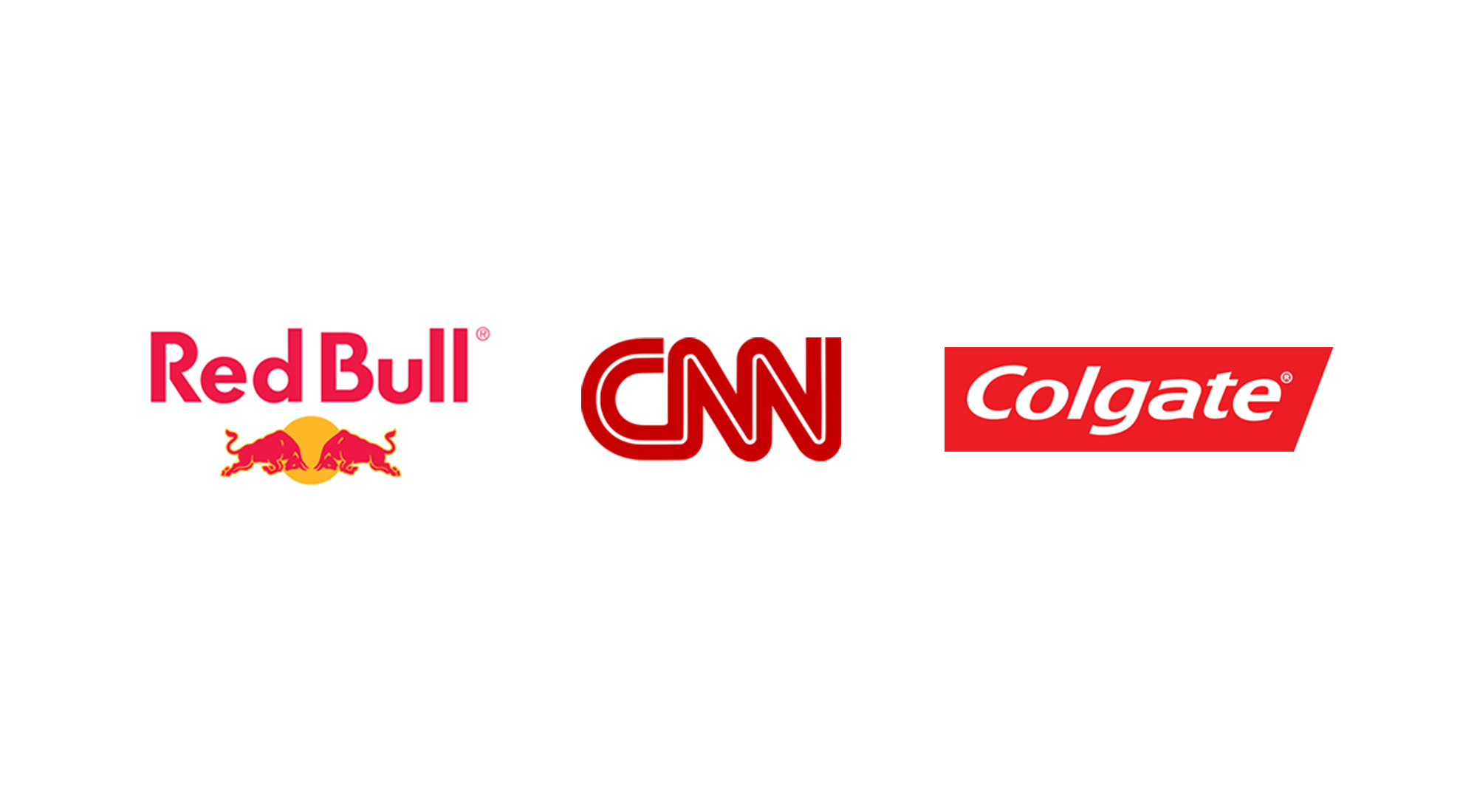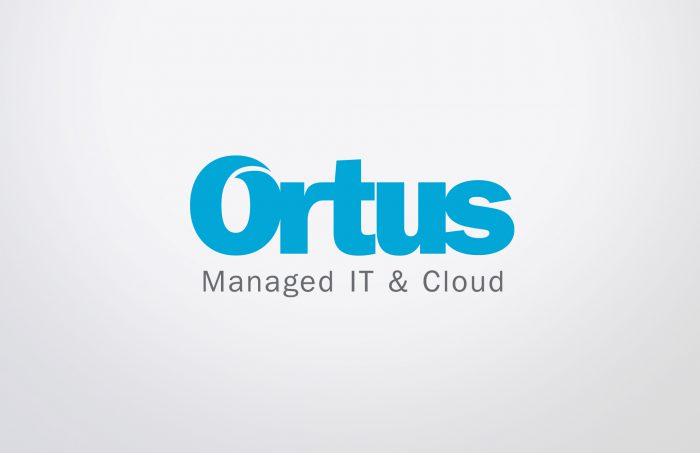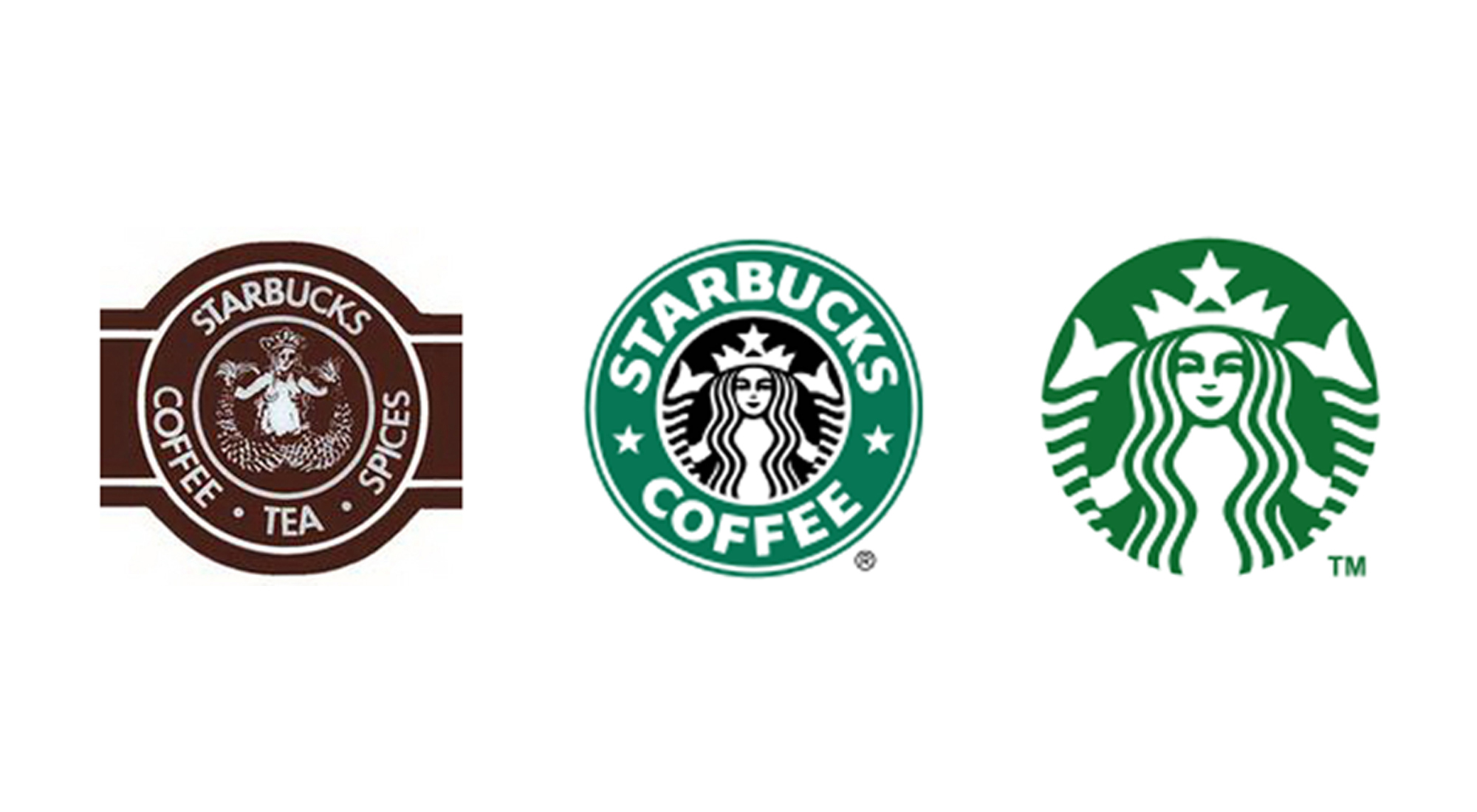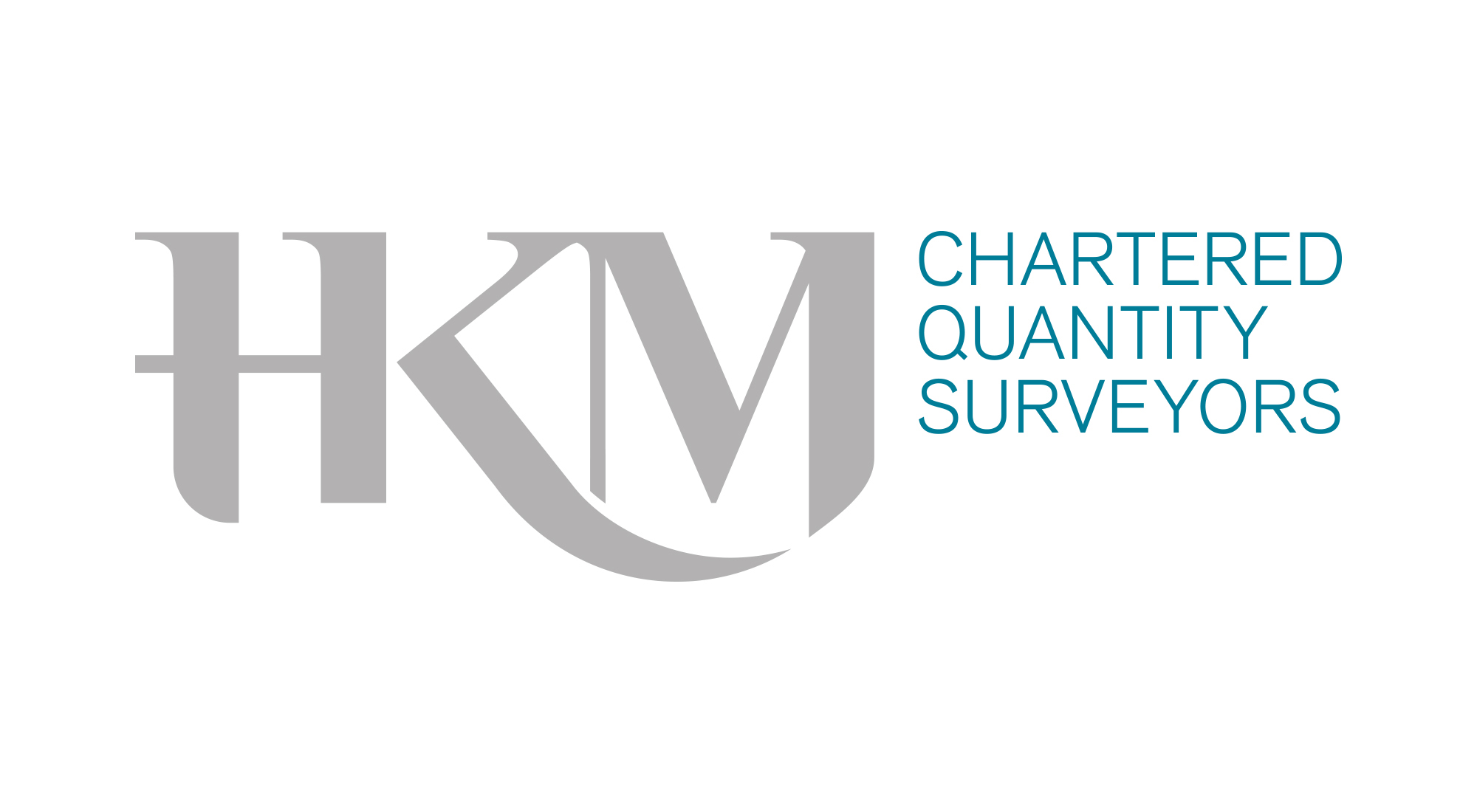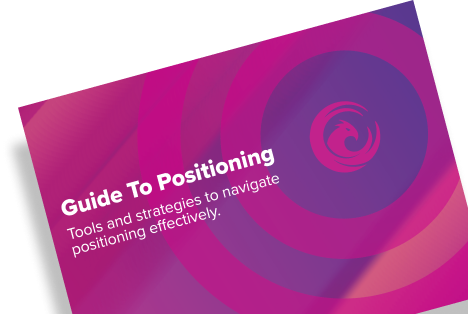Colour Codes
Seeing red? Green with envy? Feeling blue? While colours can describe emotions, we often don’t think about the psychology behind the hues we choose. This is particularly important in the area of design and branding, giving businesses that necessary edge and setting them apart from competitors. According to research carried out in Canada, The Impact of Colour on Marketing, people make up their minds within 90 seconds of their initial interactions with either people or products, and, amazingly, up to 90% of the assessment is based on colours alone.
However, it’s not as straightforward as certain colours matching certain traits. We know red is connected to excitement, love and youth; and that yellow denotes playfulness, optimism and warmth. While green implies nature, growth and wealth; blue is all about being calming, trustworthy and strong; and purple about wisdom, and luxury. Although we do need to understand the emotional connections and connotations to colour, the persuasive role it plays is much more complex. And in regards to design and branding, it’s key to address appropriateness and differentiation.

